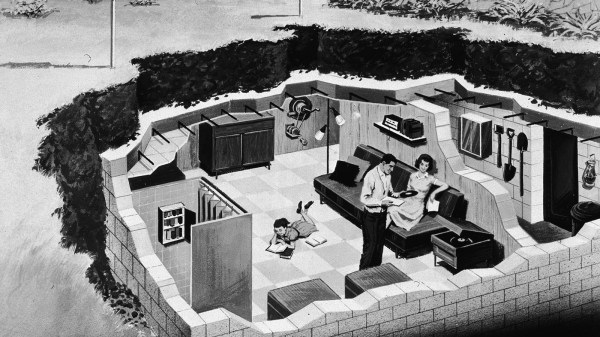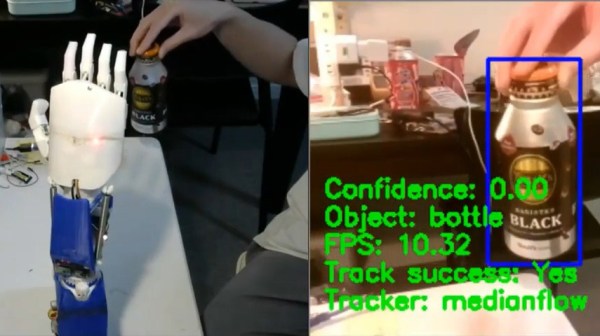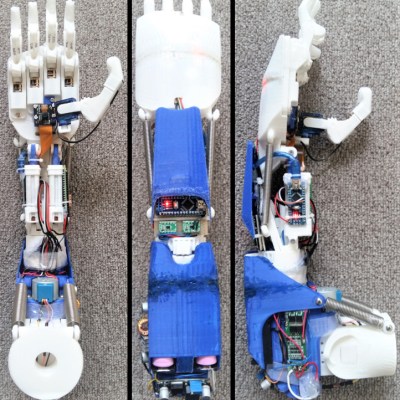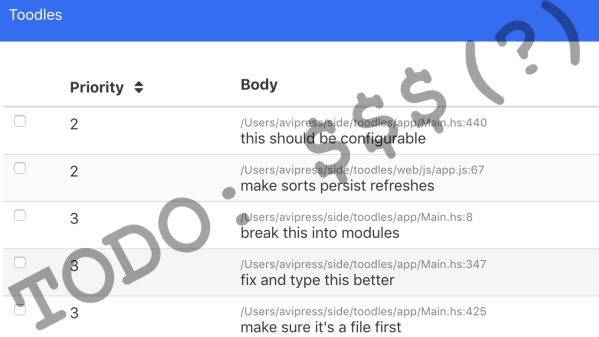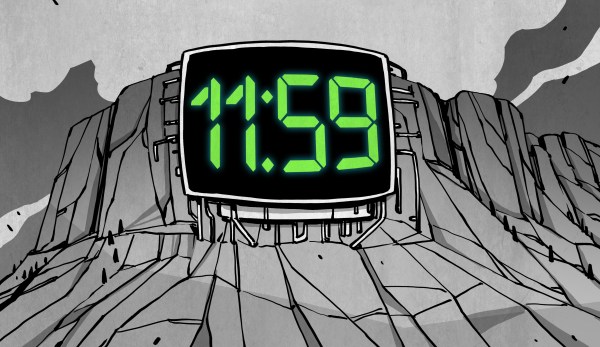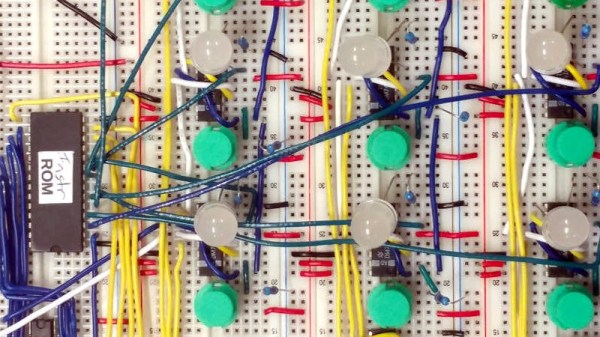How would you survive in a war-torn country, where bombs could potentially fall from the sky with only very short notice? And what if the bomb in question were The Bomb — a nuclear weapon? This concern is thankfully distant for most of us, but it wasn’t always so. Only 75 years ago, bombs were raining down on England, and until much more recently the threat of global thermonuclear war was encouraging school kids to “duck and cover”. How do you protect people in these situations?
The answers, naturally, depend on the conditions at hand. In Britain before the war, money was scarce and many houses didn’t have basements or yards that were large enough to build a family-sized bomb shelter in, and they had to improvise. In Cold War America, building bomb shelters ended up as a boon for the swimming pool construction industry. In both cases, bomb shelters proved to be a test of engineering ingenuity and DIY gumption, attempting to save lives in the face of difficult-to-quantify danger from above.

